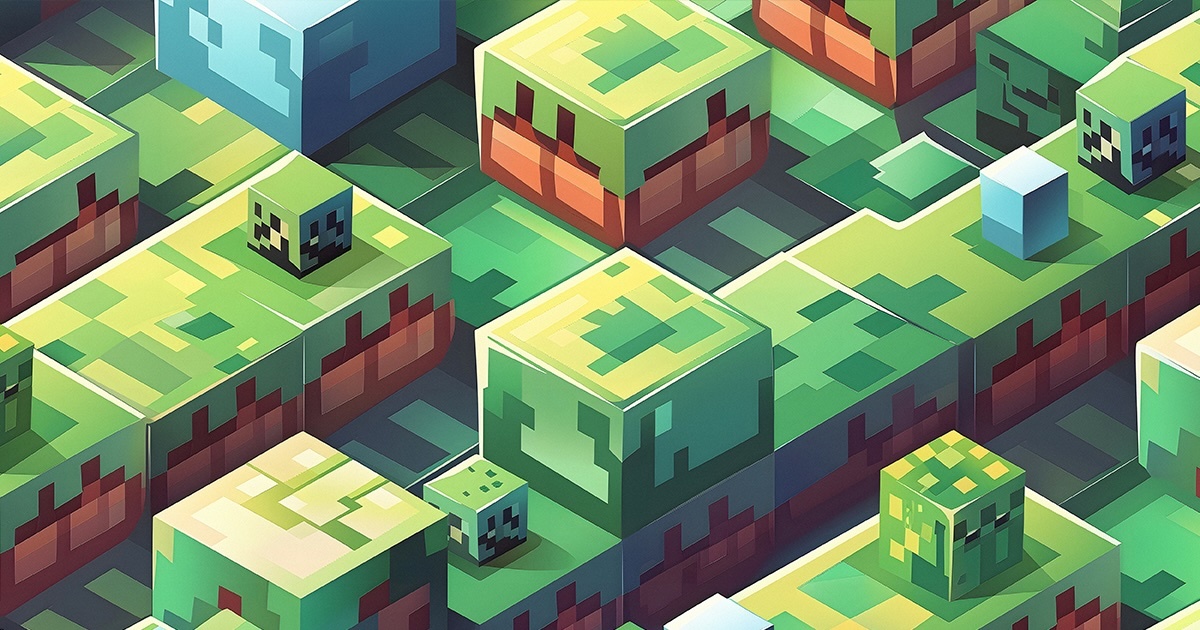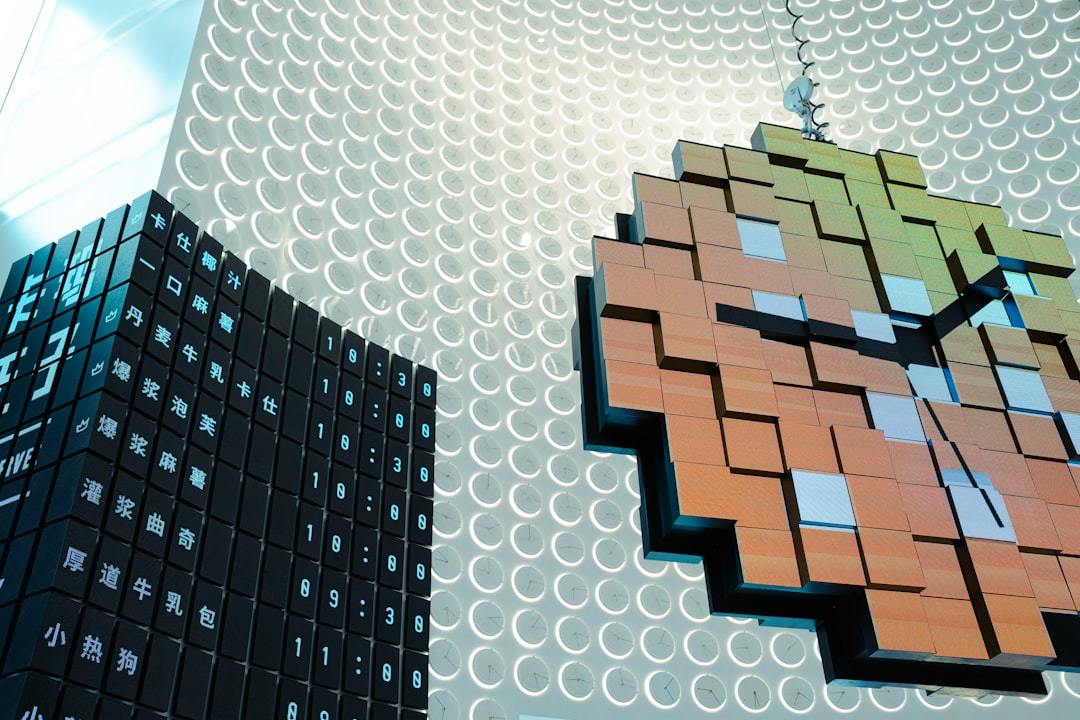
In today’s fast-paced, technology-driven world, coding skills have become a valuable asset, much like learning a new language or mastering a musical instrument. And just like any skill, the earlier one starts, the more adept they become. So, as a parent, you may be wondering: How can I introduce my child to the world of coding? How do I ignite their curiosity, nurture their problem-solving abilities, and set them on a path to excel in this digital age?
Coding isn’t just about programming computers; it’s about fostering creativity, logical thinking, and the ability to solve complex problems. It’s about providing your child with a toolkit that can unlock limitless opportunities in their academic and professional future. So, let’s dive in and equip your child with the skills they need to thrive in this digital era. Whether they dream of building video games, designing websites, or even launching their own tech startup, this blog post will be your trusted guide on this exciting journey.
Choosing the Right Age
When it comes to introducing your child to the world of coding, one of the critical factors to consider is the right age to start. First and foremost, take into account their developmental readiness. Each child is unique, and it’s important to gauge their ability to grasp abstract concepts and problem-solving skills. Additionally, assessing your child’s interest is key. Are they naturally curious about technology, fascinated by games, or intrigued by how things work? Their enthusiasm can be a strong indicator of their readiness to dive into coding.
Online Coding Platforms
Selecting the right resources is a crucial step when embarking on the journey of teaching your child to code. Here’s a breakdown of the different options available to help your child get started:
Code.org: Code.org is an excellent choice for beginners of all ages. It offers a diverse range of interactive coding lessons and activities, including popular courses like “Hour of Code.” With a user-friendly interface and engaging tutorials, it’s a fantastic starting point for kids who are new to coding.
Scratch: Scratch is a user-friendly, block-based visual programming language designed for beginners, especially kids. With Scratch, users can create interactive stories, animations, and games by snapping together code blocks, eliminating the need to write code from scratch. It fosters creativity and computational thinking while making coding accessible and enjoyable for all ages.
Tynker: Tynker is an educational platform that empowers children to learn coding in a playful and interactive manner. It offers a variety of coding courses and activities designed to engage young learners, making coding concepts accessible and enjoyable. With Tynker, kids can create their own games, animations, and projects while gaining valuable programming skills.
ScratchJr: Scratch is another fantastic online platform designed for young learners. It uses a block-based coding language that simplifies coding concepts and encourages creativity. Your child can create animations, games, and stories while learning the fundamentals of programming.
Tynker Junior: Tynker is particularly suitable for kids as young as five years old. It provides a playful and intuitive way to introduce coding concepts through interactive games and puzzles. Tynker Junior, in particular, is tailored for younger children, making it an excellent choice for beginners.
Kodable: Kodable is an educational platform designed to teach young children the fundamentals of computer programming and coding through interactive games and activities. It’s specifically tailored for elementary school-aged children, typically those between the ages of 4 and 11.
Physical Coding Kits
Raspberry Pi: Raspberry Pi is a small, affordable computer that’s perfect for teaching kids about programming and electronics. It opens up a world of possibilities for creating projects, from simple games to home automation systems, providing a more advanced coding experience for older children.
Microbit: Microbit is a small, programmable microcontroller board designed for learning and experimentation. Tynker’s Microbit course provides an excellent opportunity for students to explore hardware programming by coding the Microbit. Through this course, students can create exciting projects that bridge the digital and physical worlds, gaining hands-on experience in coding and electronics.
Coding Classes or Camps
Consider enrolling your child in coding classes or camps. Many local organizations and online platforms offer structured courses taught by experienced instructors. These programs provide a supportive learning environment and opportunities for collaboration with peers, enhancing your child’s coding skills and confidence.
Tynker’s live coding classes use Minecraft as a dynamic canvas for learning, allowing students to build their virtual worlds, create custom mods, and design interactive gameplay experiences, all while gaining a deeper understanding of coding concepts. It’s a captivating way to engage young learners and bridge the gap between their love for gaming and their interest in computer programming. Tynker’s tiered approach ensures that students progress at a pace that suits their abilities, making coding accessible and enjoyable for everyone, regardless of their prior experience. Whether your child is taking their first steps into coding or aiming to become a coding pro, Tynker’s coding classes with Minecraft provide an exciting and educational adventure in the world of programming.
Remember that the right choice of resources depends on your child’s age, interests, and learning style. Experiment with different options and encourage your child to explore coding in a way that resonates with them. Whether through online platforms, physical kits, books, or structured classes, there’s a perfect coding resource out there to kickstart your child’s coding journey.
Balancing Screen Time
Balancing screen time is essential in a child’s coding journey to ensure a healthy and well-rounded lifestyle. Set clear limits on screen time to prevent overexposure and maintain a healthy balance between coding activities and other pursuits. Encourage regular breaks and physical activity to keep your child active and engaged in the real world, promoting both physical and mental well-being. Additionally, monitor the content your child engages with and their level of interest. This allows you to tailor their coding experiences, ensuring they remain safe online and continue to find joy and fulfillment in their coding endeavors. Striking the right balance ensures that coding remains a positive and enriching part of their lives.
Encouraging Creativity and Problem Solving
Encouraging creativity and problem-solving is at the heart of a well-rounded coding education for your child. By fostering open-ended projects, you provide them with the freedom to explore their imagination and apply coding concepts in innovative ways. This approach not only nurtures their creativity but also instills problem-solving and critical thinking skills as they tackle challenges and design unique solutions. Moreover, showcasing the real-world applications of coding helps them understand the practical relevance of what they’re learning, inspiring them to see how their coding skills can make a difference in various fields, from game development to robotics and beyond. Embracing these principles not only makes coding an enjoyable experience but also equips your child with valuable skills that extend far beyond the screen.
Adjusting and Adapting
In the ever-evolving landscape of coding education, it’s crucial to maintain flexibility and adaptability in your approach to teaching your child. Regularly assess your child’s interest and progress in coding to ensure they remain engaged and motivated. If you notice signs of boredom or frustration, don’t hesitate to modify the learning approach, whether by introducing new coding tools or exploring different project ideas. Moreover, staying up-to-date with coding trends and technologies is essential. The world of coding is dynamic, and by keeping abreast of the latest developments, you can better guide your child towards the skills and knowledge that will benefit them most in the future. By continually adjusting and adapting, you’ll ensure that your child’s coding journey remains exciting, relevant, and aligned with their evolving interests and goals.
By providing the right resources and a supportive learning environment, we empower our children to embark on an exciting journey of discovery. We encourage parents everywhere to take the first step and get started with their kids on this remarkable adventure. The lifelong benefits of coding skills for children are immeasurable. From improved logical reasoning to enhanced adaptability in an ever-changing world, coding equips our children with the tools they need to thrive and make a meaningful impact. So, let’s inspire the next generation of innovators, one line of code at a time, and watch them flourish in a world driven by technology and imagination.
Image by artursafronovvvv on Freepik




